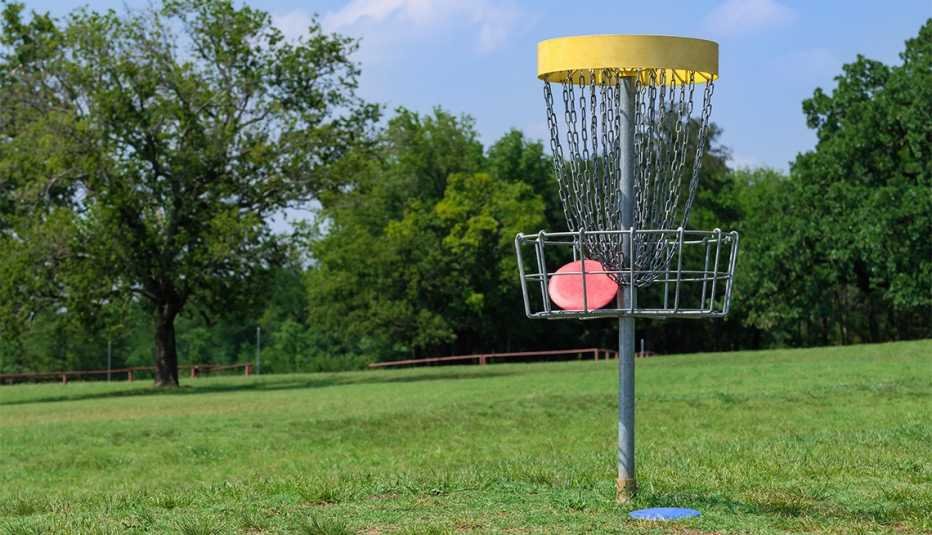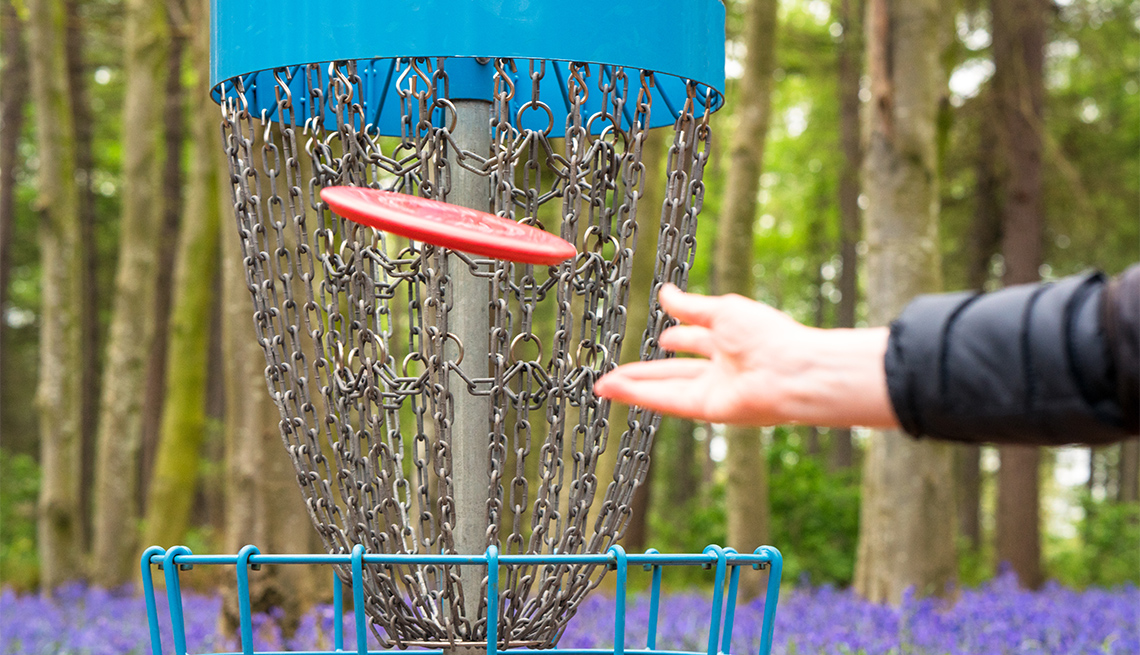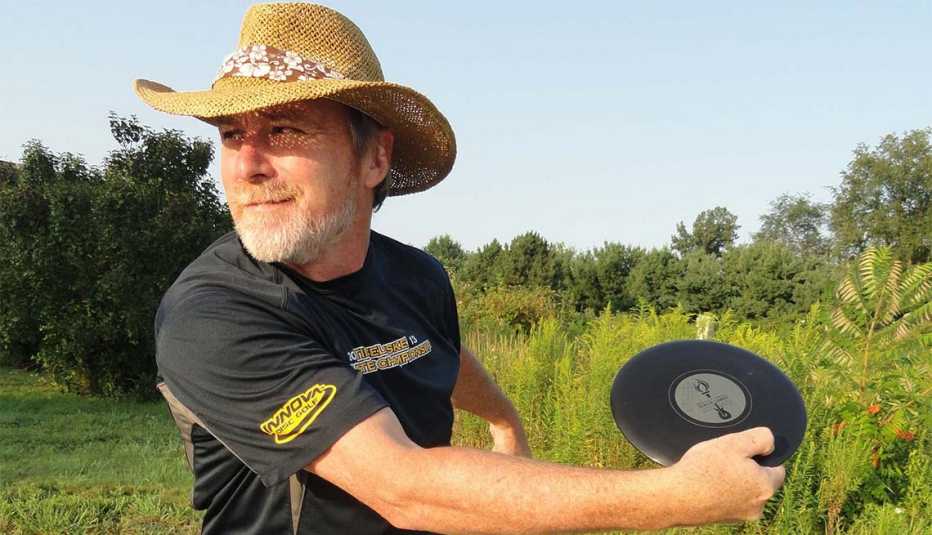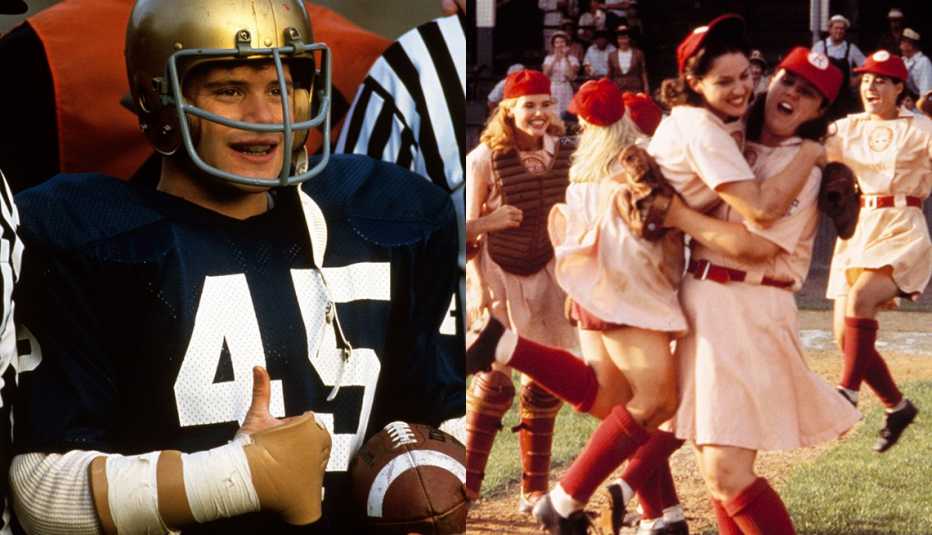Staying Fit
Unlike most sports during the pandemic, disc golf — which requires outdoor play and makes it easy to socially distance — has thrived.
It's easy to see why disc golf is growing in popularity, especially among those over 50. Its rules are simple, and it's easy on joints and muscles, inexpensive and promotes social connections.


AARP Membership— $12 for your first year when you sign up for Automatic Renewal
Get instant access to members-only products and hundreds of discounts, a free second membership, and a subscription to AARP the Magazine.
Players throw a disc at a target called a disc golf basket on a course with either nine or 18 holes. The winner is the person with the lowest number of total throws.
Last year, 50 million rounds of disc golf were played worldwide. That's more than 140,000 disc golf rounds per day, or nearly 100 started every minute, according to the Disc Golf Growth Report by UDisc, an app for disc golfers.
The Professional Disc Golf Association (PDGA) signed up more than 26,000 new members last year and saw a 27 percent jump in older membership — those age 50 and over — alone.
Nancy Wright believes she knows why.
"You're exercising but it's not strenuous on the joints because you get to rest” throughout the game, says the 76-year-old from Bancroft, Michigan. “At the same time you've got birdcalls, frogs chirping, mushrooms and flowers to look at, blooming plants. It's a walk through nature, but you've got a goal."
Disc golf is not Frisbee
Though the first specialized disc golf course was designed in 1975 by Ed Headrick, the man who invented the Frisbee, the discs used in disc golf are smaller and more dense than Frisbees.


In fact, it's best to avoid using the term Frisbee altogether when it comes to the sport. Not only is it a trademark for another product, it can be offensive to some disc golf lovers.
Disc golf is accessible, with free, walk-up-and-play courses usually found at public parks, schools and camps. Breweries and wineries are starting to get in on the action, too: The 18-hole Whale Rock Disc Golf Course in Templeton, California, for instance, is “nestled near the tasting room facility” at Castoro Cellars Winery, according to its website.
Disc golf also is inexpensive. A single disc, which is really all that's needed to begin, costs less than $15. Starter kits with three or more discs — including a driver, mid-range and putter — typically range from $25 to $50.
A Spotlight on Older Players
Recognizing a large population of potential players who are 50-plus, the PDGA established a Senior Committee in 2009 to educate a more mature generation about the sport and encourage participation.





































































